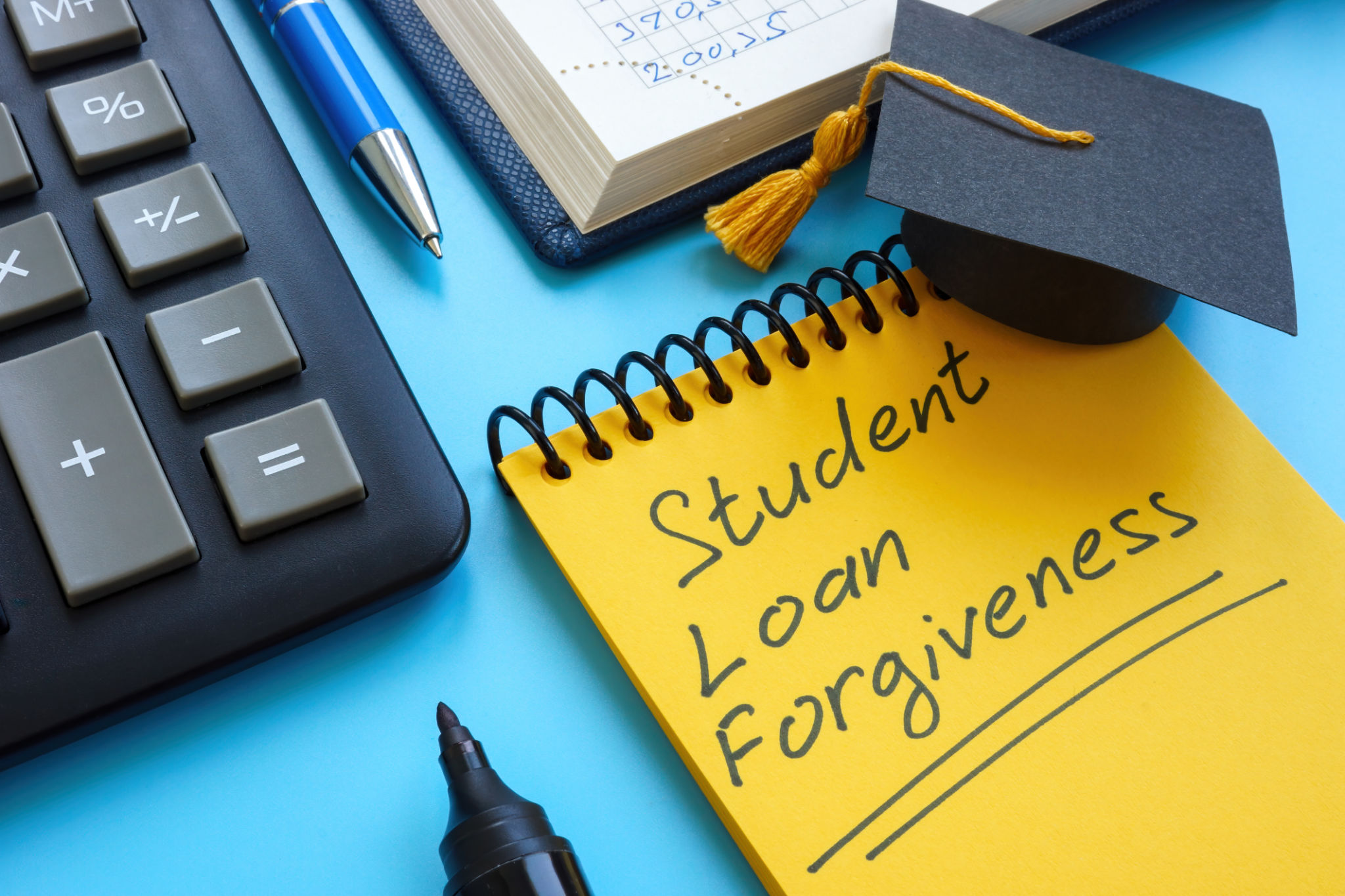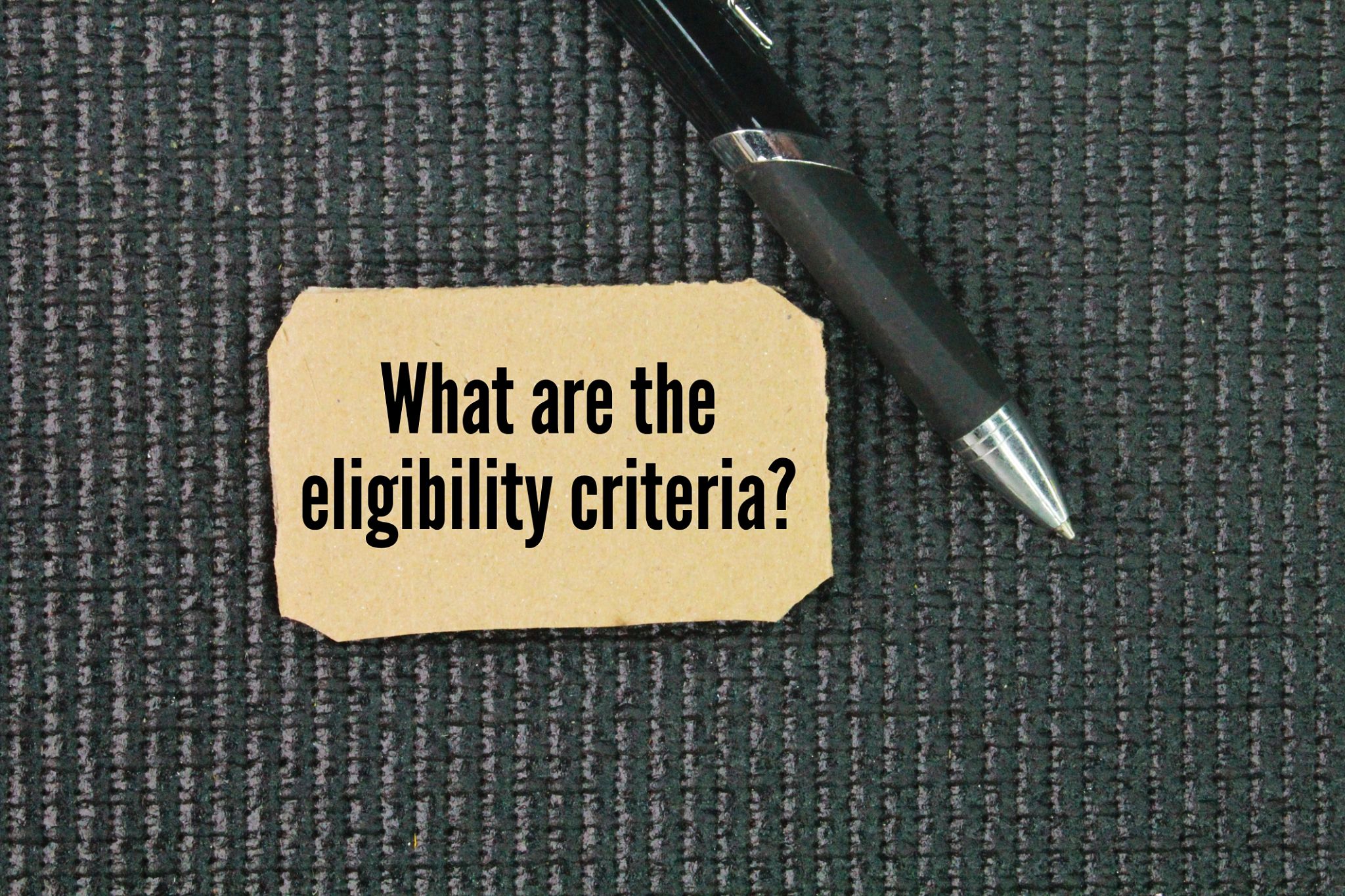The Ultimate Guide to Student Loan Forgiveness Programs
Understanding Student Loan Forgiveness
Student loan forgiveness programs can be a lifeline for many borrowers struggling with educational debt. These programs offer partial or complete forgiveness of federal student loans, often in exchange for public service or other qualifying activities. Understanding the different types of programs available can help you make informed decisions about managing your loan repayment effectively.

Types of Student Loan Forgiveness Programs
There are several types of student loan forgiveness programs, each with its own set of eligibility criteria and benefits. The most well-known program is the Public Service Loan Forgiveness (PSLF), which forgives the remaining balance on Direct Loans after 120 qualifying monthly payments under a qualifying repayment plan while working full-time for a qualifying employer. Other programs include Teacher Loan Forgiveness and Perkins Loan Cancellation.
Eligibility Requirements
Eligibility for student loan forgiveness varies depending on the program. For instance, PSLF requires borrowers to work in a public service job, such as government or non-profit organizations, while making qualifying payments. Teacher Loan Forgiveness requires teaching full-time for five consecutive years in a low-income school or educational service agency. It's crucial to thoroughly understand the specific requirements of each program to determine if you qualify.

The Application Process
The application process for student loan forgiveness can be complex, requiring careful attention to detail. For PSLF, borrowers must submit the Employment Certification Form annually or whenever they change employers. This form helps track your progress toward meeting the program's requirements. Once you have made 120 qualifying payments, you can apply for forgiveness through the PSLF application process.
Common Mistakes to Avoid
Many borrowers make mistakes that can delay or jeopardize their eligibility for loan forgiveness. Common pitfalls include not submitting the Employment Certification Form regularly, not making payments under a qualifying repayment plan, and not working for a qualified employer. Avoid these errors by staying informed and regularly reviewing your loan status and program requirements.

Exploring Alternative Options
If you are not eligible for a federal forgiveness program, consider exploring alternative options such as income-driven repayment plans, which adjust your monthly payment based on your income and family size. These plans can extend your repayment period and reduce your monthly payment amount, providing some financial relief.
The Impact of Loan Forgiveness on Credit
Receiving student loan forgiveness can have a positive impact on your credit score by reducing your overall debt burden. However, it's essential to note that forgiven amounts may be considered taxable income under certain circumstances. Stay informed about how loan forgiveness might affect your financial situation by consulting with a tax professional.

In conclusion, navigating the world of student loan forgiveness requires careful consideration and strategic planning. By understanding the various programs available and their requirements, you can take proactive steps to manage your student debt effectively and achieve financial freedom.